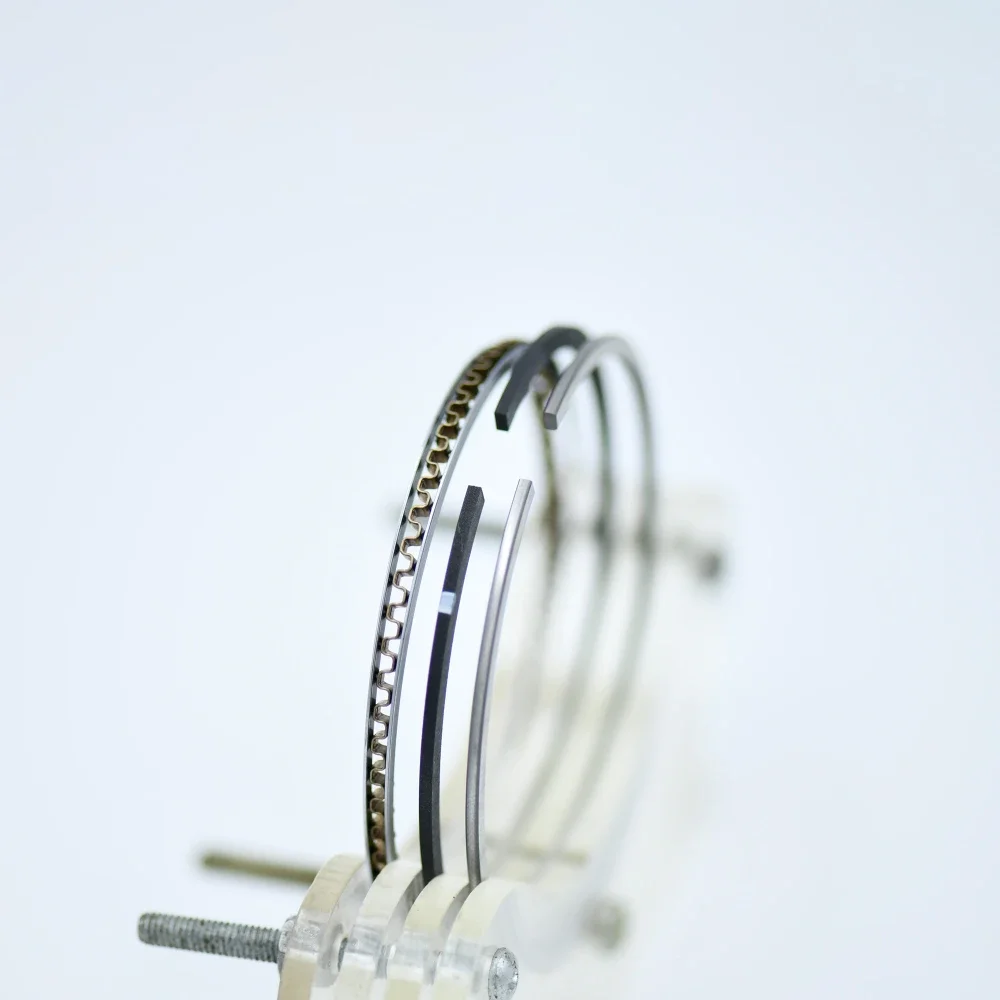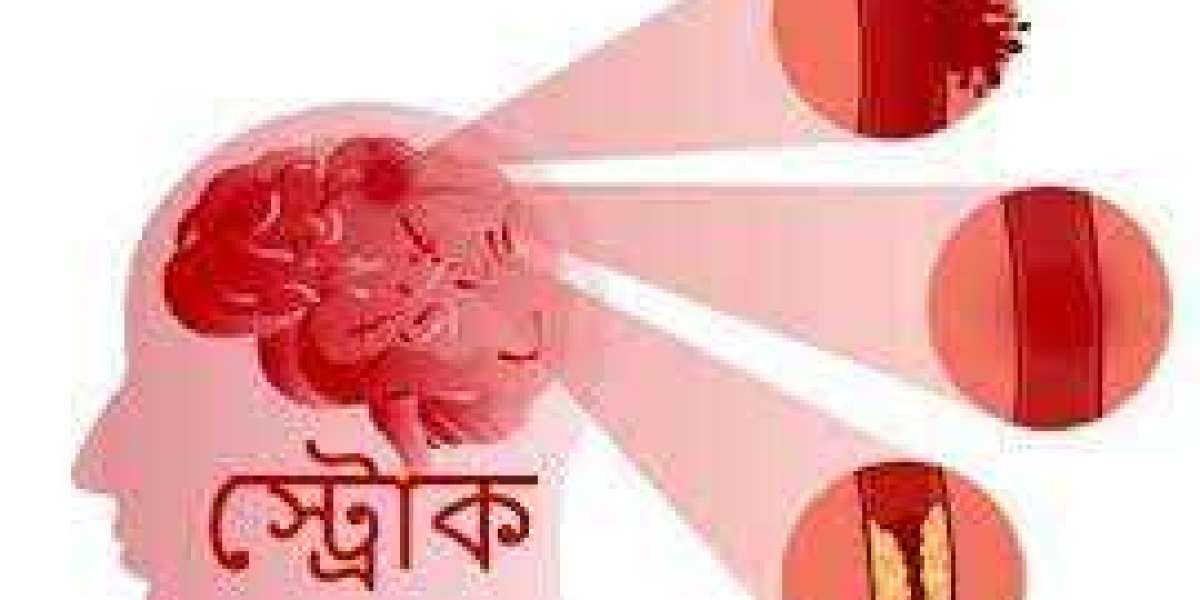The automotive industry has witnessed significant advancements in recent decades, with Japanese and Korean car manufacturers leading the charge in terms of innovation and efficiency. One crucial aspect that significantly impacts engine performance is the material selection for piston rings. Piston rings play a vital role in sealing the combustion chamber, controlling oil consumption, and ensuring smooth engine operation.

Importance of Piston Rings
Piston rings serve several essential functions in an engine, including sealing the combustion chamber, controlling oil consumption, and facilitating heat transfer from the piston to the cylinder wall. The material used for piston rings can greatly impact these functions, ultimately affecting engine performance, fuel efficiency, and emissions.
Types of Piston Ring Materials
Cast Iron
Cast iron has been a traditional material of choice for piston rings due to its durability and cost-effectiveness. It offers excellent wear resistance and can withstand high temperatures and pressures inside the combustion chamber. Japanese and Korean car manufacturers often use cast iron piston rings in entry-level and mid-range models where cost is a critical factor.
Steel
JYPR's steel piston rings are known for their superior strength and durability. They offer better conformability to cylinder walls, reducing blow-by and improving oil control. High-performance Japanese and Korean sports cars frequently utilize steel piston rings to handle the increased power outputs and higher RPMs.
Chromium-Plated Steel
Chromium-plated steel combines the strength of steel with the wear resistance of chromium. This material is highly resistant to corrosion and scoring, ensuring long-lasting performance. Many luxury Japanese and Korean models opt for chromium-plated steel piston rings to maintain engine efficiency and reduce maintenance costs over the vehicle's lifespan.
Ceramic-Coated Steel
Ceramic-coated steel piston rings are a recent innovation, offering reduced friction and improved thermal conductivity. They help in maintaining lower cylinder temperatures, reducing oil consumption, and enhancing fuel economy. High-efficiency hybrid models from Japanese and Korean manufacturers often incorporate ceramic-coated steel piston rings to maximize fuel efficiency.
Impact on Engine Performance
The choice of piston ring material directly influences several key engine performance metrics:
Fuel Efficiency
Lighter and lower-friction materials like ceramic-coated steel reduce the energy lost to friction, improving fuel efficiency. This is particularly beneficial for hybrid and electric vehicles where every bit of energy counts.
Oil Consumption
Materials with better sealing properties, such as chromium-plated steel, minimize oil blow-by, reducing oil consumption and cutting down on emissions.
Durability and Longevity
Stronger materials like steel and chromium-plated steel offer better wear resistance, extending the engine's lifespan and reducing the need for repairs or replacements.
Power Output
High-performance materials enable engines to handle higher pressures and temperatures, allowing for increased power outputs without compromising reliability.
Conclusion
The material selection for piston rings plays a crucial role in determining the performance of Japanese and Korean car engines. From cost-effective cast iron to high-performance ceramic-coated steel, each material offers unique benefits tailored to specific applications. By understanding the impact of these materials on fuel efficiency, oil consumption, durability, and power output, manufacturers can make informed decisions that enhance the overall performance of their vehicles. As technology continues to evolve, the automotive industry can expect even more innovative materials and designs to further improve engine performance and efficiency.







